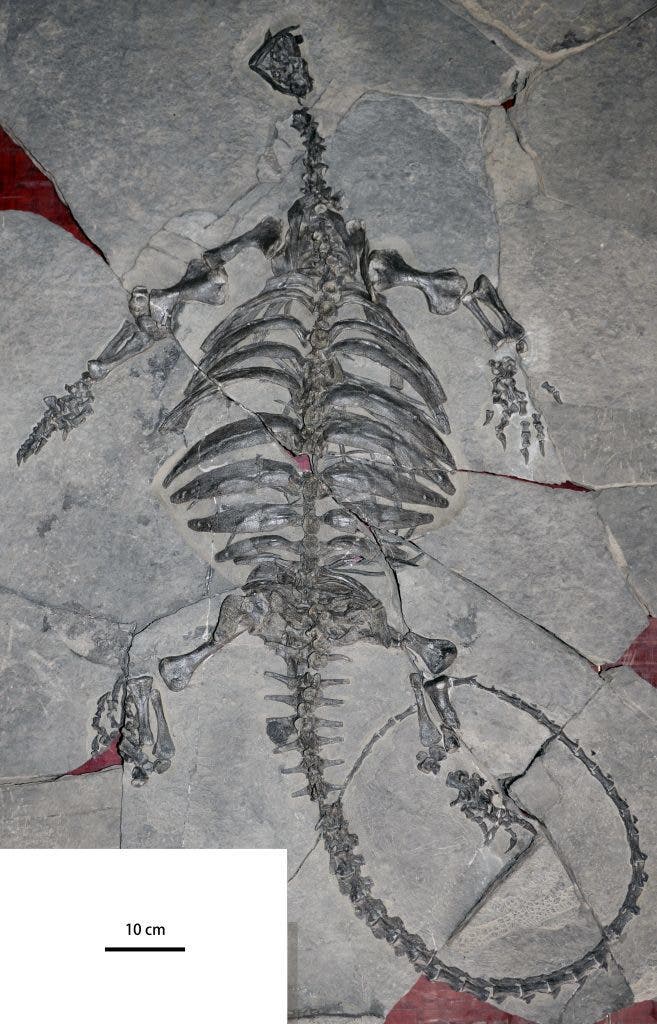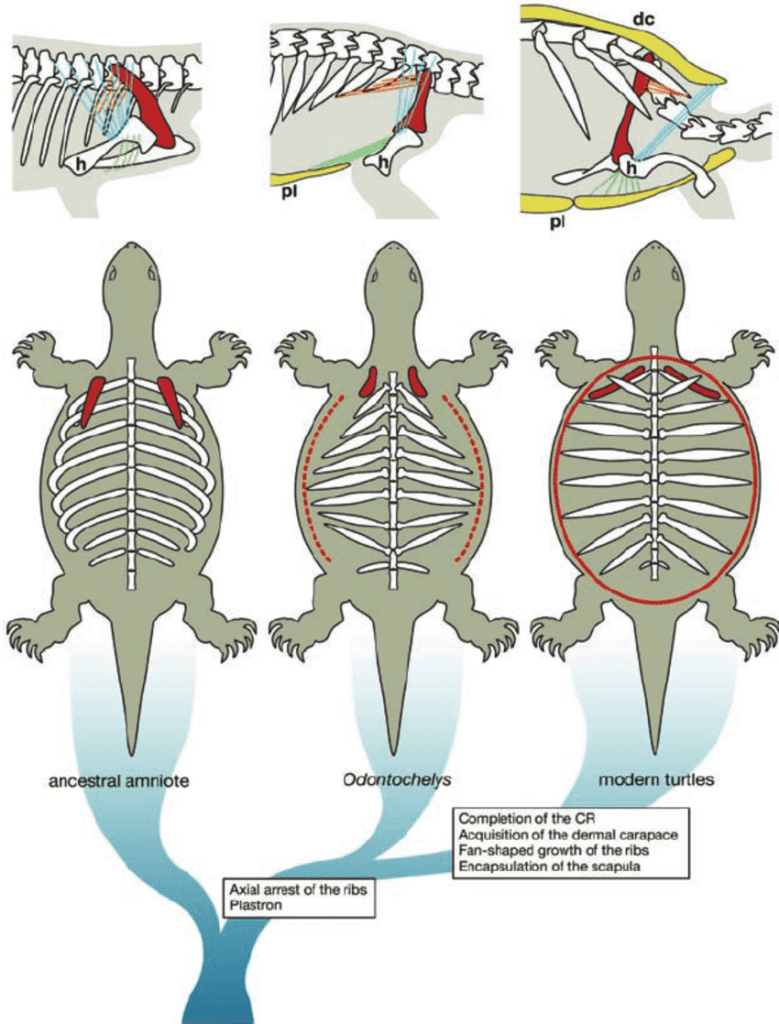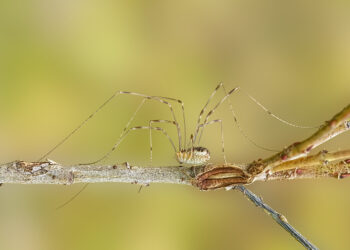For a long time, one of the most interesting challenges biologists have faced is finding the evolutionary origin of turtles. What makes the task particularly challenging is the fact that a turtle’s body is extremely derived, making it difficult to compare them to other groups of animals. However, scientists have been making good progress in recent years with the discovery of various intermediate species. The latest discovery, described in a new Nature paper, is a 228-million-year-old turtle that lacked a shell but had the first toothless turtle beak.

Another of the oldest turtle relatives that scientists have found is the 220-million-year-old Odontochelys, which suggests that the shell was a two-step innovation. Odontochelys has a plastron — the shell that covers the under-surface of the animal — but no carapace (the lid of the shell). An even older turtle, the 240-million-year-old Pappochelys, had neither plastron nor carapace, and instead featured strengthened dermal bones over the belly.
In between the two species lies a newly discovered species called Eorhynchochelys sinensis, meaning “dawn beak turtle”. The ancient reptile was described by Chun Li from the Chinese Academy of Sciences in Beijing and Xiao-Chun Wu, a paleontologist with the Canadian Museum of Nature in Ottawa. They were joined by Dr. David Norman with the National Museums Scotland and Dr. Oliver Rieppel with the Field Museum in Chicago.

The 228-million-year-old, perfectly preserved fossils were recovered from marine black-shaly marlstone. The 2.5-meter-long almost complete specimen had a disc-like body and long tail, with its most defining feature that the anterior part of its jaw looked like it was developing into a familiar turtle beak. It had strong limbs and large claws, which likely offered it an advantage in its shallow water habitat along the seashore.
Today’s turtles have both shells and beaks but the fossil record suggests that this evolutionary path was not direct by any means. Some turtle relatives had partial shells, while others just had the beaks. Eorhynchochelys developed a beak before Odontochelys (a more advanced form), but lacked a shell, for instance — scientists call this ‘mosaic evolution’. Eventually, a single animal carried the genetic mutations for both features, leading to the modern turtle.
“In examining this remarkably well-preserved fossil, we see that the evolution of turtles came about by a complex series of events, rather than a more straightforward step-by-step accumulation of unique traits,” explains Dr. Wu in a statement.
Another interesting feature of Eorhynchochelys is the fact that it had 12 vertebrae, which is actually two more than the more primitive Pappochelys. Besides evidence of a rhamphotheca — an outer surface on the toothless beak — Eorhynchochelys‘ skull roof had no holes, unlike the two small openings present in the older Pappochelys. Eorhynchochelys still had holes in its skull, but only to the sides, suggesting that it is an intermediate between early (diapsids) and later (anapsids) turtles.
The findings appeared in the journal Nature.






